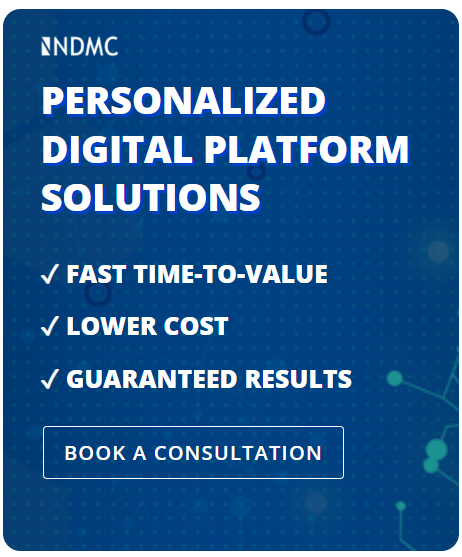About
Your customer lifecycle describes the key phases of your relationship with customers. It is important because it helps organizations to balance their investments efforts across all parts of the customer life-cycle.
In the pursuit of new business, it’s easy for maturing technology companies to invest too little in RETAINING and GROWING existing customer sales. The marketing spend is often focused on this one area. Yet, it’s four times easier to sell products to an existing customer as opposed to a new customer.
The Four Phases
There are four phases to the SONAR2 conversational marketing customer life cycle.They are to seduce, engage, delight and expand. Each of the phases will require a different blend of people, process, technology, data and innovation.
Business Benefits
Without a doubt, it’s important to understand your customer lifecycle because it has a big influence on how you can enhance your methods and tools to maximize sales opportunities during each phase of your interaction with customers. Nevertheless, it’s not easy to accurately appreciate your customer lifecycle without data that feeds your insight on when and how you interact with customers. This is why the effectiveness of Customer Data Management is such an important topic in discussions on Customer Lifecycle.
MAXIMIZE
- Marketing spend by ensuring opportunities aren’t lost as the result of weak links in sales and marketing processes
- Effectiveness of inbound activity to drive real sales opportunities
- Predictability of sales activity and pipeline visibility
- Enforce positive salesforce behaviors that maximize their productivity and your returns
- Repeat business from customers
MINIMIZE
- Boom or bust marketing
- Wastage in marketing and sales activities
- Time lost to unprofitable business activities
Customer Lifecycle and Customer Experience
Understanding your customer lifecycle is important not only to get the balance right in allocating sales and marketing monies and efforts to the right places, it also impacts on your customer experience; a term commonly used to describe the relationship a customer has with a business. Customer Experience (CX) refers to the total of all experiences the customer has with the business, based on all interactions and thoughts about the business. Equally important, it is an all-encompassing term. It includes communications touch-points, communications, emotional experience, behavior, data management, customer data platforms and technology ecosystems, and business model design implications.
Not only is it important to business strategy but also as a change agent to process improvement. It comes down to the ability of organizations to maximize customer value and minimize operating costs by understanding what drives customer behaviors and decisions.
In light of recent technology innovations like cloud computing and big data, it’s now possible to develop systems and methods to fully appreciate what matters to customers by harvesting data from back-office systems. In like manner, it’s also possible to determine how customers want to interact. This helps organizations to forge effective marketing programs based on facts underpinned by data.
Together with digital transformation initiatives, customer experience management is a game changing topic that organizations choose to ignore at their peril.
About NDMC
NDMC Consulting is an expert consultancy business specializing in customer experience strategy, management and customer data platforms. We’ve been delivering best-in-class customer experiences since 2003.
Further reading
Customer lifecycle management description by Wikipedia that presents an alternative perspective.
Another helpful definition of the term from Whatis.


